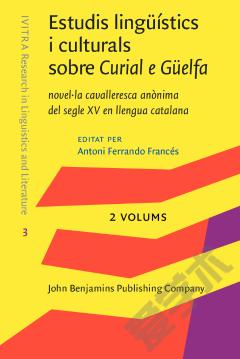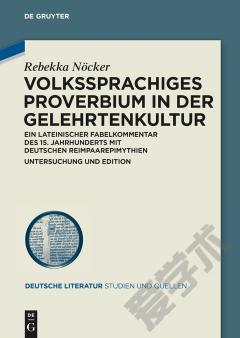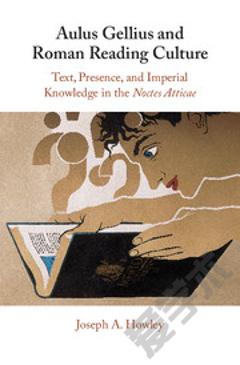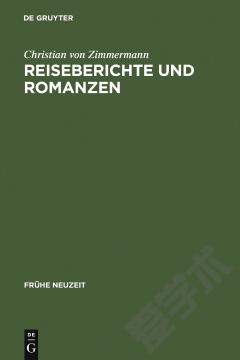Estudis lingüístics i culturals sobre Curial e Güelfa. Novel·la cavalleresca anònima del segle XV en llengua catalana. Linguistic and Cultural Studies on 'Curial e Güelfa', a 15th Century Anonymous Chivalric Romance in Catalan
Curial e Güelfa és una novel·la anònima del segle XV escrita en llengua catalana, desconeguda fins al segle XIX i publicada por primera vegada el 1901. Es tracta d’una obra singular, a cavall entre l’Edat Mitjana i el Renaixement, en què es conjuminen magistralment els components cavalleresc i sentimental i la influència de l’Humanisme. Encara que el protagonista realitza les seues gestes per Itàlia, Alemanya, Hongria, França, Anglaterra, Grècia, Terra Santa, Egipte i Tunis, el seu ambient és bàsicament italià. El seu anonimat i la seva llengua han desorientat els lingüistes i els historiadors de la literatura que s’hi han acostat. La novel·la, ara accessible en anglès, espanyol, francès, portugués i italià — en traduccions promogudes per IVITRA, basades en l’edició filològica del prof. Antoni Ferrando (2007) —, atrau cada vegada més l’atenció dels estudiosos, no sols per la seva redacció exquisida i la seva ben traçada estructura, sinó pel seu ric rerefons cultural europeu. El present volum d’estudis intenta respondre a gran part d’aquests interrogants, amb quaranta aportacions molt rellevants tant en l’aspecte lingüístic com en el cultural. Curial e Güelfa is a 15th century anonymous romance written in Catalan, unknown until the 19th century and first published in 1901. It is a singular work, halfway between the Middle Ages and the Renaissance, in which the features of chivalry and sentimentalism and a touch of Humanism are brilliantly combined. Although the main character performs his heroic deeds in Italy, Germany, Hungary, France, England, Greece, the Holy Land, Egypt and Tunisia, the atmosphere is essentially Italian. Its anonymity and its language have always disconcerted the linguists and literary historians who have approached it. The novel, now available in English, Spanish, French, Portuguese and Italian — in translations sponsored by IVITRA, based upon Prof. Antoni Ferrando’s philological edition (2007) — and in German, is increasingly attracting the attention of scholars, not only because of its delighting style and its wonderfully traced structure, but also because of its rich cultural European background. This volume of studies tries to solve most of these questions with forty outstanding contributions, all of them very important both from a linguistic and a cultural point of view.
{{comment.content}}








 京公网安备 11010802027623号
京公网安备 11010802027623号